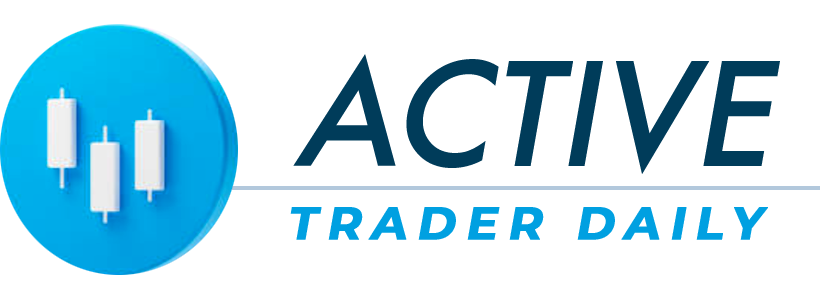By Aditya Soni and Stephen Nellis
(Reuters) – Apple is expected to showcase how it is integrating artificial intelligence across its software suite, including a revamped Siri voice assistant and a possible tie-up with ChatGPT owner OpenAI, at its annual developer conference on Monday.
More is at stake at the Apple Worldwide Developers Conference (WWDC 2024) than in previous such events, as the iPhone maker seeks to reassure investors that it has not lost the AI battle to Microsoft even though it may have forfeited a few rounds.
Apple will have to show the vast majority of its more than 1 billion users – most of whom are not tech aficionados – why they would want the new breed of AI that has swept Silicon Valley, analysts said.
“Apple will put on a show,” said Ryan Reith, analyst at market research firm IDC. “If they nail the landing, the potential is to get the consumer actually interested in AI because so far it has been mostly about enterprise.”
Apple has been using AI behind the scenes for years to power features on its devices, such as the ability of its watches to detect crashes and falls. But it has been reluctant to tout how this technology boosts functionality in its devices, as Microsoft has done with the help of its early bet on OpenAI.
Microsoft overtook Apple as the world’s biggest company by market capitalization in January, and Apple’s shares have trailed those of other Big Tech companies this year. AI chip giant Nvidia briefly overtook Apple last week as the world’s second-most valuable company, underscoring for some investors a shift in power in the tech world.
“Apple’s early reticence toward AI was entirely on brand. The company has always been famously obsessed with what its offerings did for its customers rather than how it did it,” said Forrester analyst Dipanjan Chatterjee.
“But then the AI silence got deafening. All that will change on June 10,” he said.
Apple uses the developer conference at its Cupertino, California, headquarters each year to showcase updates to its own apps and operating systems as well as to show developers new tools they will be able to use in their apps.
SIRI MAKEOVER
Apple is expected to enable Siri to essentially control many apps on a user’s behalf. This has proven tricky as Siri needs to understand the user’s exact intentions and also how the app works.
For example, if a user asks Siri to delete an email, Siri needs to understand which email the user wants to delete and how that function works on, say, Microsoft Outlook versus Gmail.
Apple tried to make Siri smarter in 2018 with tools that allowed developers to code into their apps ways for Siri to have more control, but few showed interest.
Now, Apple is expected to revamp Siri’s underlying software with generative AI. Media have reported that Apple and OpenAI struck a deal to integrate the ChatGPT maker’s technology into Apple’s next iPhone operating system, iOS 18.
Some Apple investors are confident that the AI new features will boost sales of new iPhones at a time when the company is grappling with strong competition in China and slower growth in the U.S.
“This should translate into a strong hardware refresh cycle for Apple,” in 2025, said Dan Eye, chief investment officer at Fort Pitt Capital Group, which holds Apple shares. Eye expects Apple to limit some AI features on older models to entice people to buy newer phones.
CHIPS FOR AI
Earlier this month, Apple unveiled a new AI-focused chip in its latest iPad Pro models and analysts expect the company to offer details to developers on how they can use the chip’s capabilities to support all the new AI computing.
The company may also begin to talk about its own cloud-computing capabilities amid reports that Apple was planning to use its own chips inside data centers for the first time.
Apple recently hired Sumit Gupta, a former Google and IBM executive who worked on AI data center development at both firms.
By using its own chips for cloud services, Apple can roll out advanced AI features that devices cannot handle alone, without requiring expensive processors from Nvidia. The approach also retains many of Apple’s privacy and security features that are baked in to the design of its in-house chips.
The developer conference runs until Friday.
(Reporting by Stephen Nellis in San Francisco and Aditya Soni in Bengaluru; Editing by Sayantani Ghosh and Matthew Lewis)













